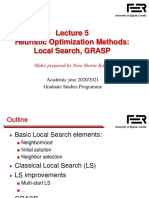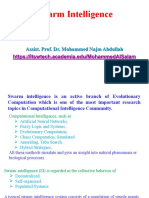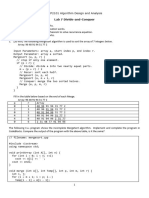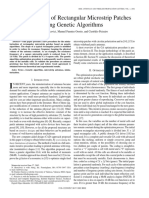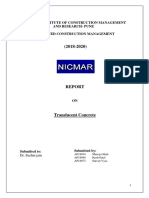0% found this document useful (0 votes)
145 views45 pagesGreedy Algorithms for Graduates
The document discusses greedy algorithms, which are heuristic optimization methods. It provides examples of problems that can be solved using greedy algorithms, including the knapsack problem, minimum spanning tree (MST) problem, travelling salesman problem (TSP), satisfiability (SAT) problem, and graph coloring (GC) problem. It then describes the basic concepts of greedy algorithms, such as their constructive nature, advantages like simplicity and speed, and drawbacks like potential for local optimality rather than global optimality. Finally, it gives examples of applying greedy algorithms to the knapsack problem and finding a minimum spanning tree.
Uploaded by
RagnarokCopyright
© © All Rights Reserved
We take content rights seriously. If you suspect this is your content, claim it here.
Available Formats
Download as PDF, TXT or read online on Scribd
0% found this document useful (0 votes)
145 views45 pagesGreedy Algorithms for Graduates
The document discusses greedy algorithms, which are heuristic optimization methods. It provides examples of problems that can be solved using greedy algorithms, including the knapsack problem, minimum spanning tree (MST) problem, travelling salesman problem (TSP), satisfiability (SAT) problem, and graph coloring (GC) problem. It then describes the basic concepts of greedy algorithms, such as their constructive nature, advantages like simplicity and speed, and drawbacks like potential for local optimality rather than global optimality. Finally, it gives examples of applying greedy algorithms to the knapsack problem and finding a minimum spanning tree.
Uploaded by
RagnarokCopyright
© © All Rights Reserved
We take content rights seriously. If you suspect this is your content, claim it here.
Available Formats
Download as PDF, TXT or read online on Scribd
/ 45
